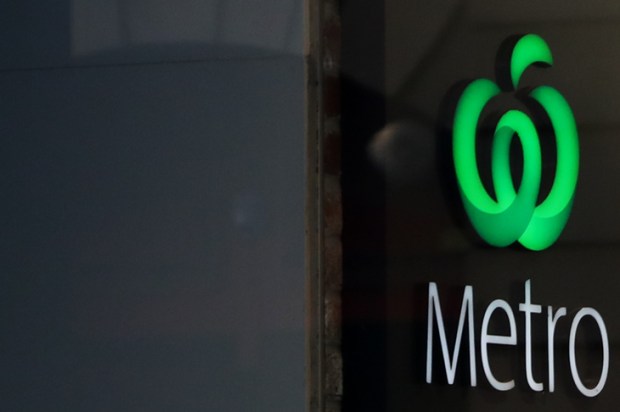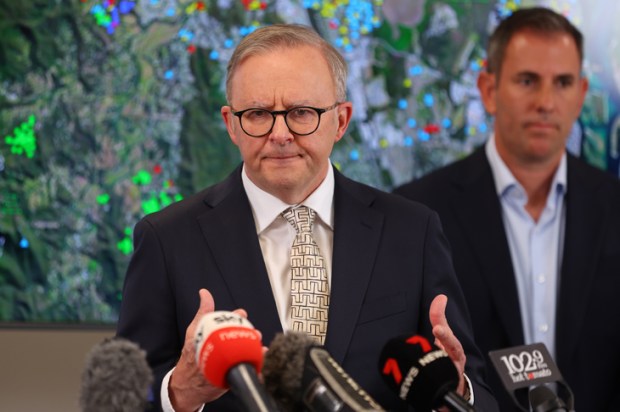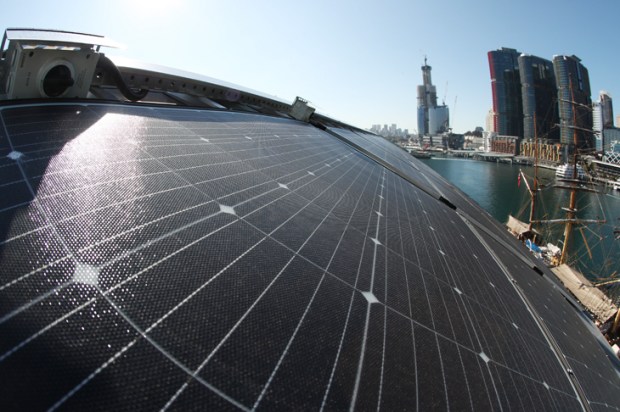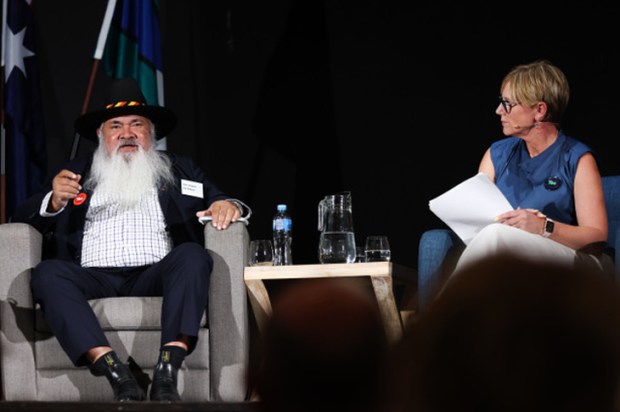Petrol down to a dollar a litre may not be entirely welcome.While a deliberately low world oil price clearly benefits consumers (and transport costs), this is offset by its damage to Australia’s export income. In warning of the financial disruption brought about by the collapse of the mining boom’s record prices, especially for iron ore and coal, the headlines have had much less to say about the impact on Australia of its major resource crisis – the 75 per cent decimation of the price of oil. This has fallen from more than $US100 a barrel to last week’s $US27 before recovering to around $US30.
There is plenty of commentary about the overseas implications of the Saudi’s determination through its OPEC cartel to keep over-producing oil in order to serve its political and economic objectives. But there has been less said about the damage to Australia’s export earnings resulting from the close relationship between the prices of oil and Liquefied Natural Gas (LNG). While Australia is a net importer of oil, LNG is our third largest single export and looks set to become our highest earner by the next decade. So a strong recovery in the oil price is needed not only to lift LNG prices enough to service the huge capital spending involved but to help resolve some governmental budgetary problems through taxes and royalties. Although operating costs are being covered, according to a leading market analyst the LNG price has fallen about 50 per cent below the level needed to recoup (mainly to foreign investors) the capital costs of this $200 billion expansion of our LNG export capacity that represents by far the biggest element of Australia’s resources boom – much more capital spending than on iron ore and coal.
But, like iron ore, demand for LNG is easing just as massive volumes of increased capacity come on stream with seven major Australian projects due to ship this year, led by Gladstone last month. With Japan, China and South Korea accounting for more than 90 per cent of our LNG exports, the economic slowdown meant sales to North Asia fell by 4 per cent last year partly influenced by the Japanese decision to reopen some nuclear power facilities and by increased use of solar power. So there has been a $30 billion downward revision of last year’s forecast that Australian LNG earnings would triple to $67 billion by 2017-18. This would have lifted Australia to the world’s largest LNG exporter with LNG being seen as an environmentally friendly substitute for coal. But the cheaper cost of rival energy, like oil and coal in the current shakeout, has not helped LNG’s cause. Plans on drawing boards for major LNG developments may now stay there.
On top of all this, the low oil price has been a serious blow to investors in the Australian oil and LNG industries whose shares (like mine in Oil Search and BHP which has written a further $10 billion off its US shale assets) have suffered from severely dented expectations. But there is also the impact on Australia of the world-wide consequences of the large gap between slowing demand for oil and its rising production – with the removal of trade sanctions against Iran soon to see another supplier in the market.
Saudi Arabia’s decision to maintain production to protect its market share (and to hurt its political, economic and religious rivals) damages both the United States and Russia. OPEC’s over-production was aimed at pushing prices down far enough to shake out higher cost producers, particularly the US shale oil industry that had removed any US dependence on OPEC oil.
The Saudis have been so successful that now there are concerns about the prospect of shale bankruptcies taking down with them over-exposed lenders and creating another banking problem in the United States.
Russia, which to Saudis view, is pursuing ‘unwelcome’ influence in the Middle East and whose economic health is heavily dependent on oil production, has been hard hit by the oil price fall, the rouble has dropped to an all-time low and interest rates have reached 17 per cent, with warnings of possible ‘economic self-destruction’. As Graham Lloyd noted in the Australian, the halving of oil prices in the 1980s oil shock led to the collapse of the Soviet Union. Once again, with feeling??
Got something to add? Join the discussion and comment below.
Get 10 issues for just $10
Subscribe to The Spectator Australia today for the next 10 magazine issues, plus full online access, for just $10.
You might disagree with half of it, but you’ll enjoy reading all of it. Try your first month for free, then just $2 a week for the remainder of your first year.













Comments
Don't miss out
Join the conversation with other Spectator Australia readers. Subscribe to leave a comment.
SUBSCRIBEAlready a subscriber? Log in